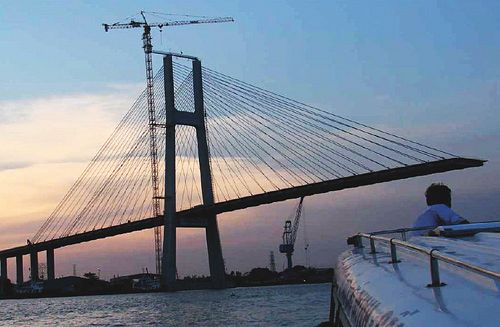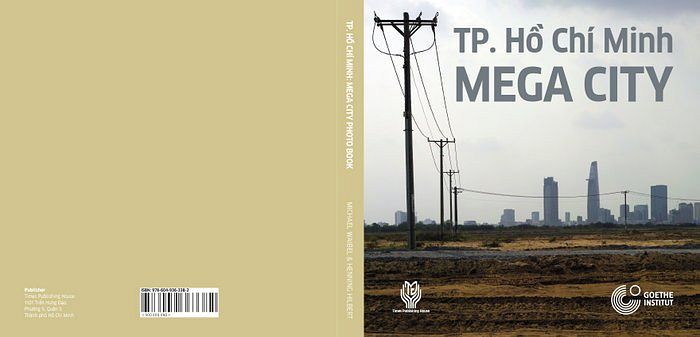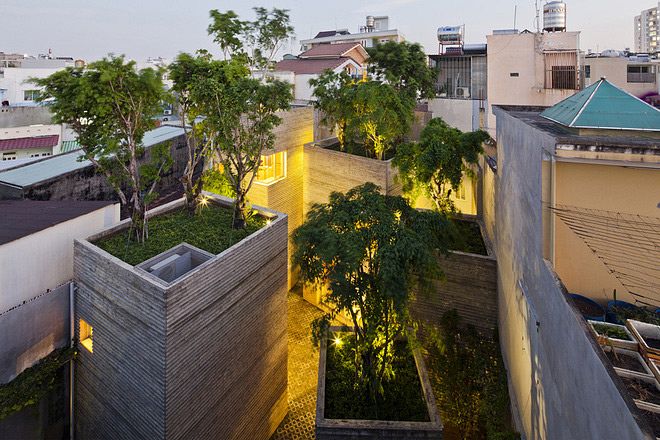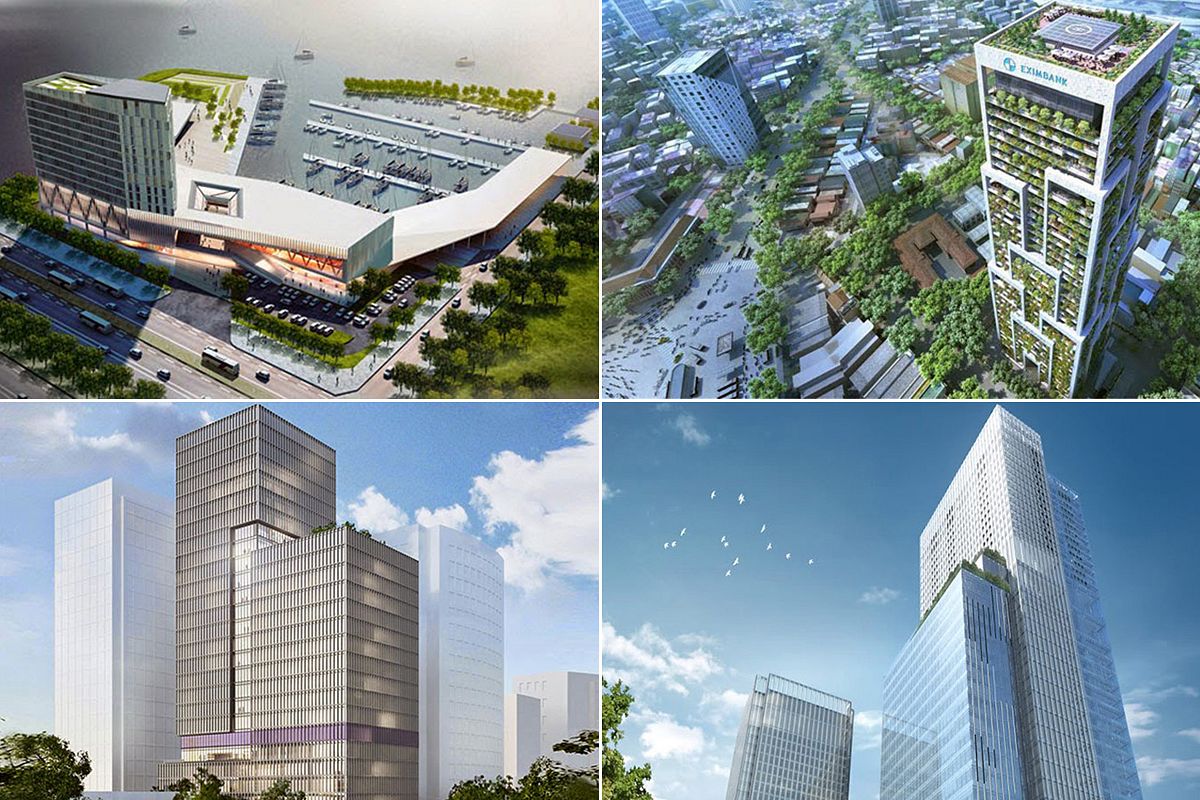Saigoneer is proud to be the media sponsor of the TP. Hồ Chí Minh: MEGA City photo book. Over the course of the next few weeks, we’ll be giving you an overview of the book's fantastic photos. Today we’ll take a closer look at the seventh chapter: Urban Transport in the Mega City.
The book, edited by Michael Waibel and Henning Hilbert, was produced with the support of the Goethe Institut, and funding from Audi. It is split into 8 chapters, each covering a major theme related to HCMC's rapid urban development.
The book is available at HCMC Artbook book shops. To order a copy directly, please contact info@saigoneer.com.
This article is part of a series. One can find the previous articles here.
Many visitors who visit Ho Chi Minh City for the first time remember traffic as the most impressive feature of the metropolis. An unimaginable number of motorbikes move through relatively narrow downtown streets, disorderly passing through intersections, traveling in all directions simultaneously, with each driver trying to reach his or her destination in the shortest time possible.

Photos by Henning Hilbert.
When looking more closely, however, it is possible to recognize a system in this apparent chaos, when for, for instance, a small group of motorbikes unites instinctively and turns left together through oncoming traffic or a mass of motorbikes pushes laterally into the main road at intersections without traffic lights. To some extent the traffic regulates itself, somehow considerate and ruthless at the same time. Those who dare can almost effortlessly pass through this chaos in which motorbikes miss each other, as if by magic, and flow around the pedestrians.
From the perspective of motorbike riders, the traffic is especially dangerous when buses and trucks cross their paths. Bus stops are still located on the motorbike lanes and many storage places for containers are close to the main roads. Nevertheless, much has improved during the past decade.

New highway crossroads in District 2. Photo by Henning Hilbert.
On major highways, motorbike and car lanes are separated by long stretches of concrete walls, and on strategic inner city roads, metal fences prevent the mixing of traffic in different directions. The number of overburdened motorbikes with five members of a family riding together on one bike is decreasing. Streets are dominated by new, stronger, more stylish motorbikes, and there are constantly new cars being registered.

Phu My bridge under construction. Photo by Michael Waibel.

Binh Loi 2 Bridge. Photo by Michael Waibel.
Major transport infrastructure projects, such as the Thu Thiem tunnel below Saigon River and the associated Vo Van Kiet Highway, have reduced downtown traffic. Ring road projects are making progress and several new bridges now cross the Saigon River with more planned.
Public transportation is now playing a more important role. The number of bus routes has increased rapidly in recent years, so that now almost every major street is serviced. The subway project, which will provide six lines in the future, has started construction of the above-ground portion of line 1. Apartment houses already advertise their future proximity to metro stations. However, it will be a few more years until a functioning mass transit system is finished, and whether or not such a system will be accepted by the population is still unknown. So far, travel by motorbike corresponds quite well with the needs of urban residents, it is quick, requires no waiting and can proceed directly to their destinations.
This is just a taste of what’s offered in the book which is a value at VND900,000. The book is available at HCMC Artbook book shops. To order a copy directly, please contact info@saigoneer.com.

[Top image taken by Henning Hilbert]














